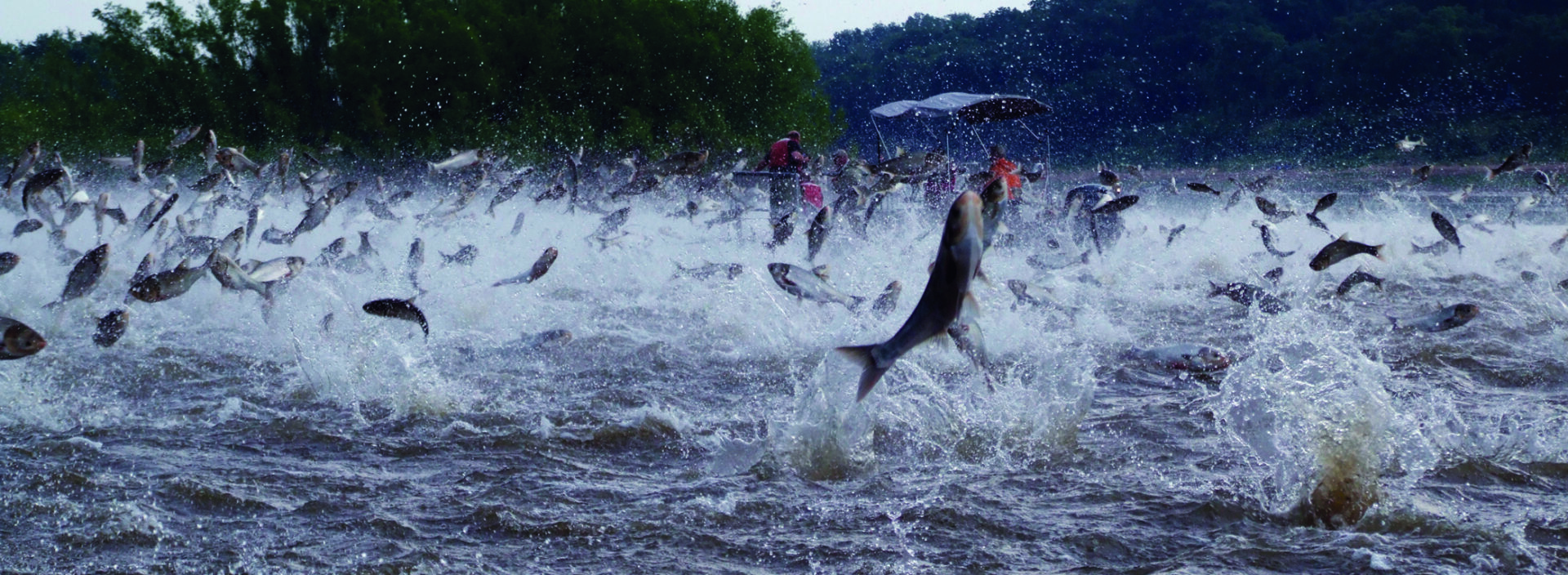How did frogbit get here?
- Frogbit is originally from Switzerland.
- Frogbit was brought to Canada intentionally for use at an arboretum in 1932.
- From Canada it spread to the United States in the 1980s.
Why is frogbit a problem?
- Mats of frogbit can become so thick that boat traffic can be affected by the frogbit tangling around boat props so that the boats can no longer move in the water.
- The thick mats of frogbit limit the amount of light that can come into the water, and other aquatic plants do not grow as well.
- Frogbit can also become so thick that it impairs the movement of big fish and diving ducks because there is not enough space between the plants for the fish and ducks to get through.
- Frogbit can spread from lake to lake through fragments that have broken off or stuck to a boat. This can start a new colony.
[su_row] [su_column size=”1/2″ center=”no” class=””] [/su_column] [su_column size=”1/2″ center=”no” class=””]
[/su_column] [su_column size=”1/2″ center=”no” class=””] [/su_column] [/su_row]
[/su_column] [/su_row]
What does it look like?
- Frogbit has round, smooth, leathery, heart-shaped leaves.
- The floating leaves have long stalks about 2 ½ inches (6 cm) long that form a rosette on a short stem.
- By mid-summer, thick mats of interlocking plants can cover the surface of the water.
- They also have a single white flower about ½ inch (1.5 cm) in diameter.
- There are also 3 petals, and on top of that a 3 ½ inch (8-10 cm) long flower stalk.
How do we control frogbit?
- Unfortunately there are no control measures at this time.
- A temporary solution may be to remove them mechanically so that boaters can use the lake.
- Inspect your boat, tackle, trailer and other equipment for plant parts.
- Drain all water from the motor, live well and bilge.
- Empty your bait bucket on land or in the trash.
- Never release bait into a lake, river or stream.
- Never move fish or bait from one lake to another.
- For small infestations, physical removal is possible by pulling them out and removing all plant parts and roots from the water.


